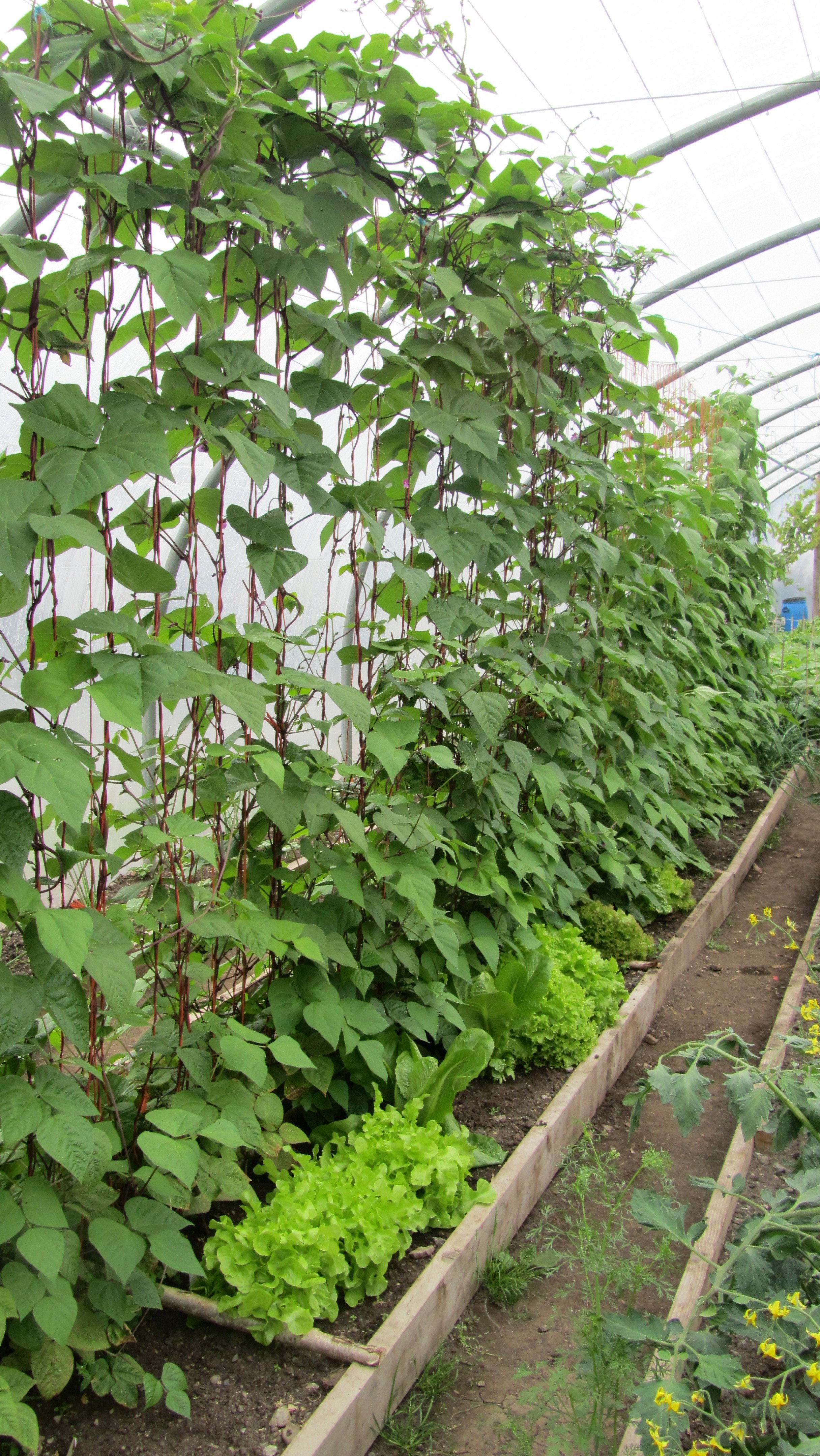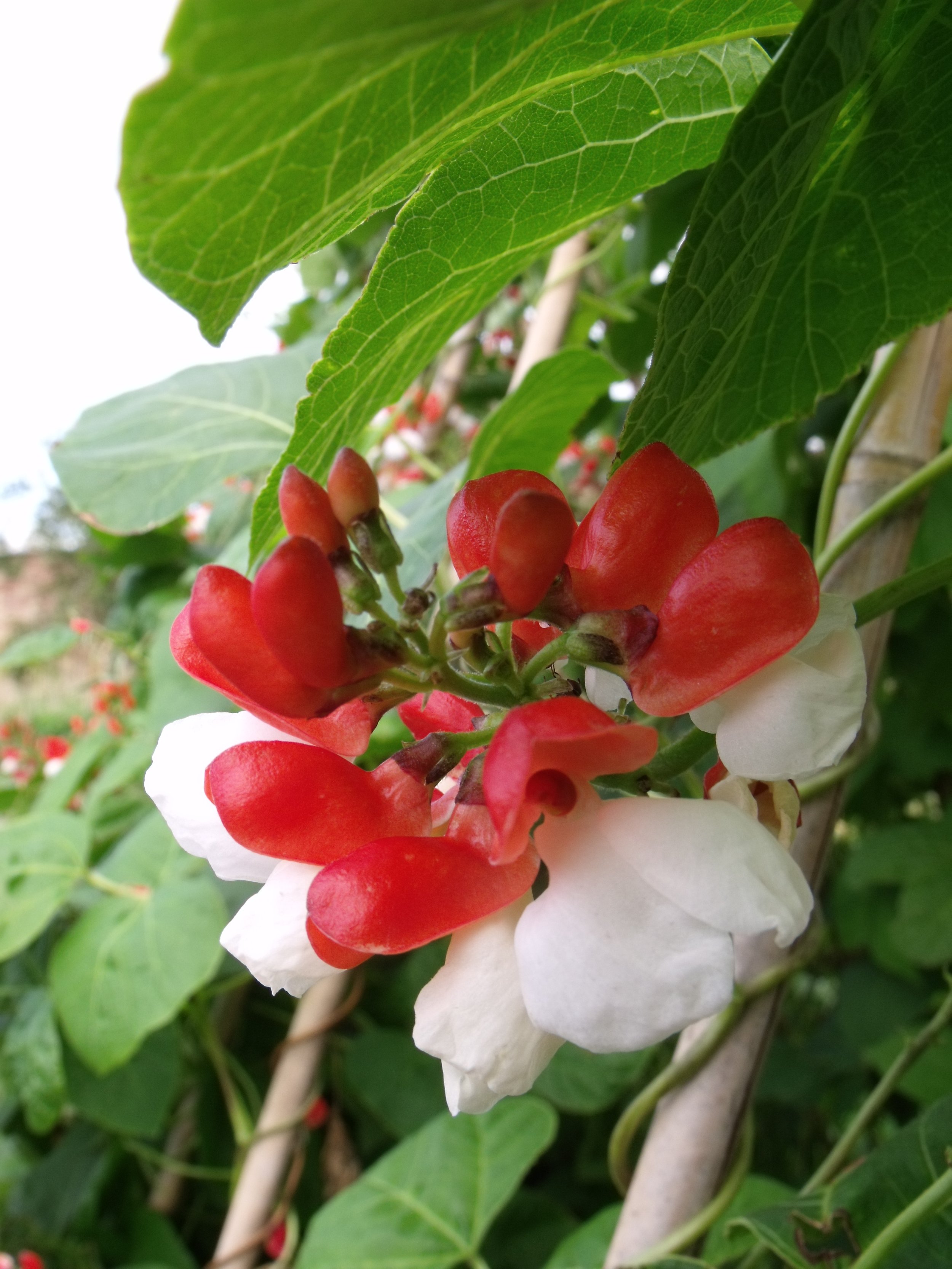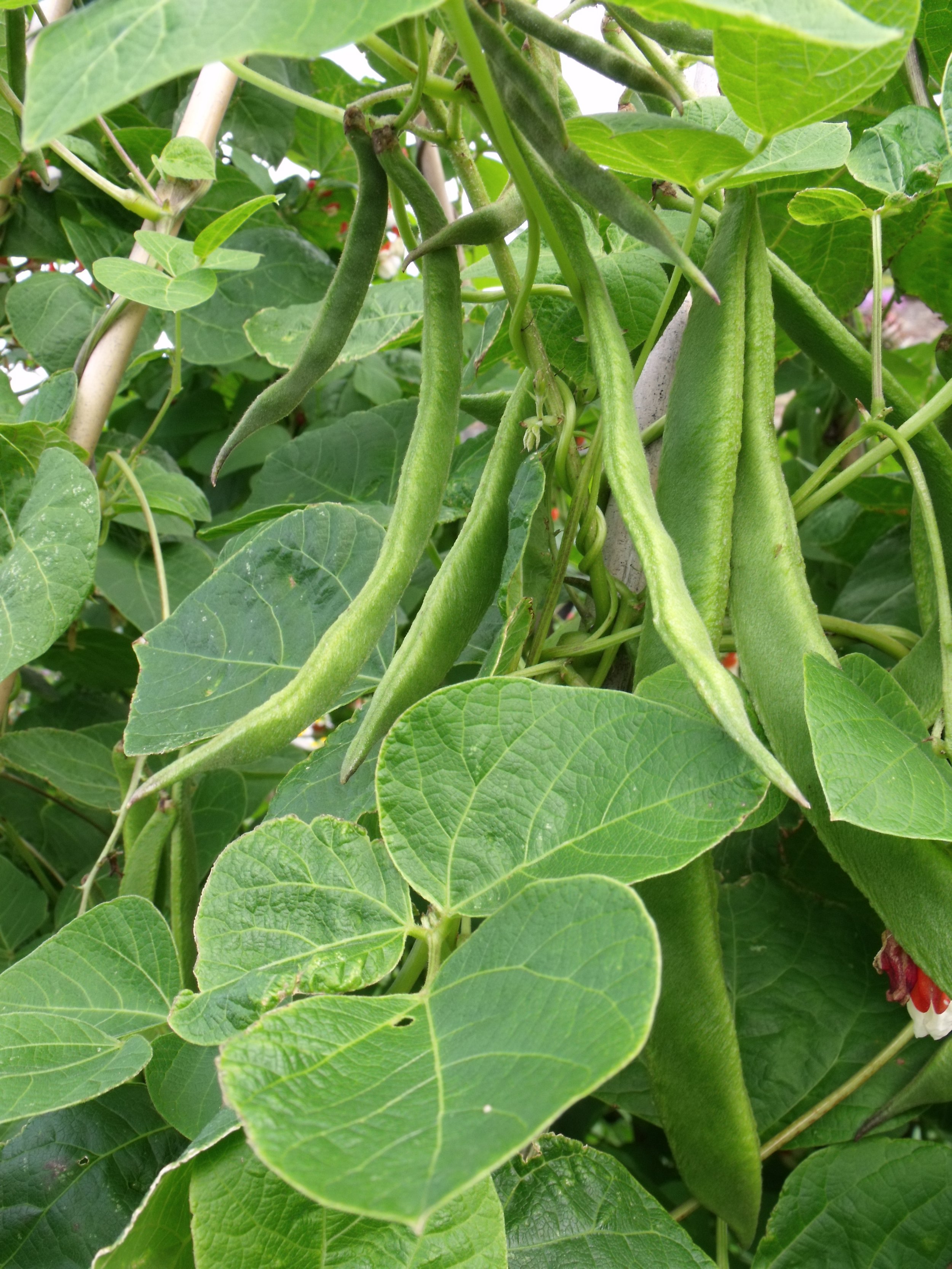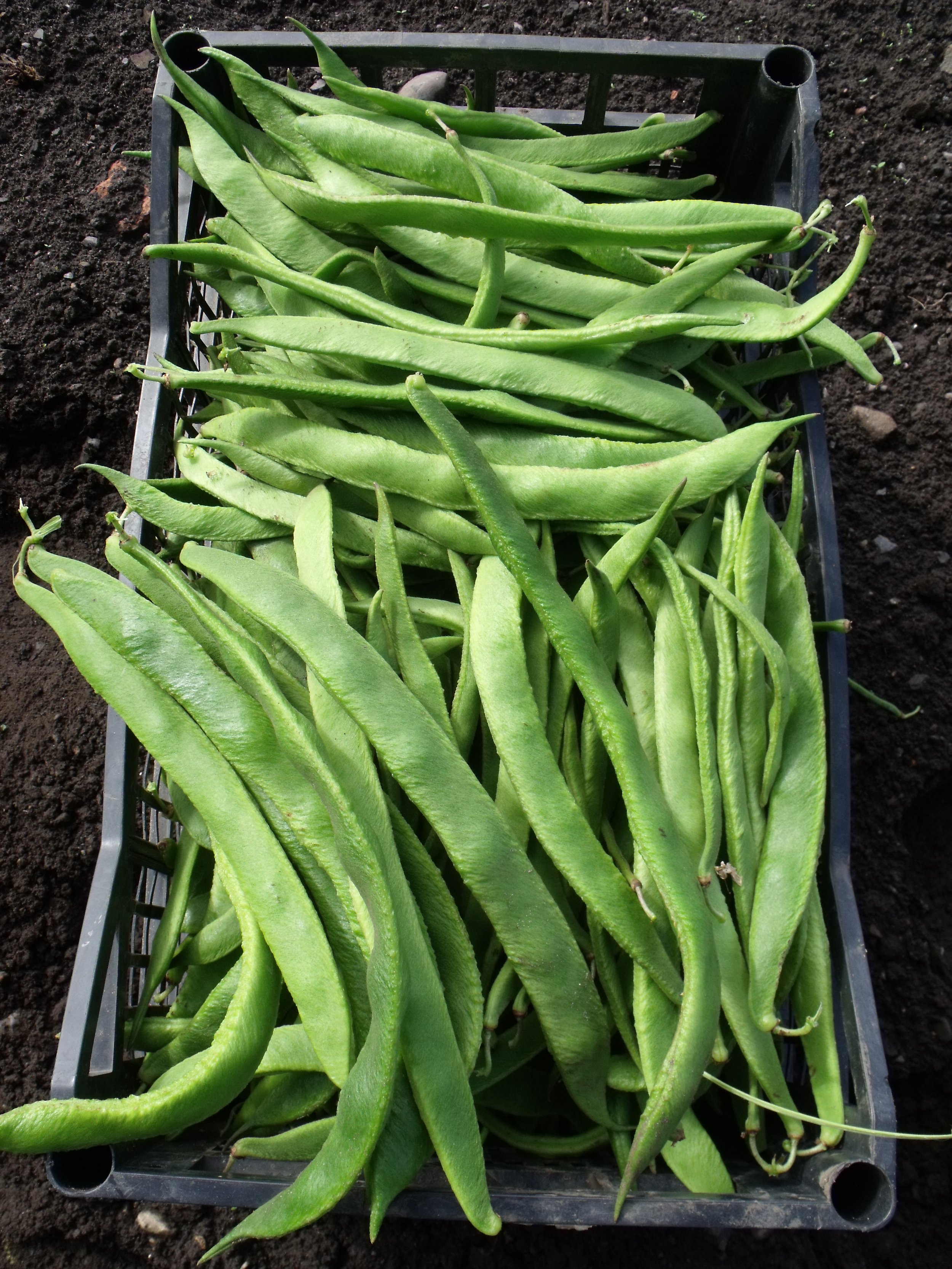A Summer full of Beans - Growing French or runner beans
A few years back the United Nations had declared the “International year of the pulses”, beans and peas that are harvested dry, from broad beans to lentils and chickpeas. “Pulses provide a vital source of plant-based proteins and amino acids for people around the globe, ensuring food security. It's time this vital crop had its time in the sunshine!” (UN press release)
Here we will fly the flag for French Beans. Our parents didn’t speak French, but they grew “Stangenbohnen” as French Beans are called in German. The name is still a bit of a mystery. Here in Ireland we often call them Green Beans, because they are harvested and consumed with their enclosing pods, typically before the seeds inside have fully matured.
Sowing
French beans, or les haricot verts as the French call them, are one of the most popular garden vegetables, flavoursome and versatile in cooking. In Ireland French beans are an ideal crop for polytunnels as they need more warmth and are not as hardy as broad beans, which are doing fine in a garden. Seeds can be sown in pots indoors from late March to early April for planting out in May and the first crop can often be harvested in June, when a second sowing can be made for planting out four weeks later. French beans come as dwarf and climbing varieties. The former need little support, whereas climbing varieties need to be staked or trained up a string.
Harvesting
French beans should be picked as soon as they are usable, even less than finger-length. These early beans are delicious and early and regular picking helps to keep the plants cropping. If there are too many to eat fresh, they can be frozen very successfully in batches. If there are enough stored, the late beans can be left to ripen on the plant and used as haricot beans, or used as seed the following year.
Full of nutrients
French beans, like all beans, are very healthy as they are rich in many vital nutrients. Vitamins: A, C, D, E, K, and minerals: Iron, Calcium, Magnesium, Manganese, Phosphorus, Potassium, Sodium and Zinc. Besides these they are also rich in Amino acids, Carbohydrates, Fibers, Water, Sugar, Proteins and Omega-3 Fatty acids.
Culinary uses
French beans are indeed very versatile and can be used in preparing a number of dishes. They can be added to stews, biryanis, salads, soups and stir-fries. Only remember that they should not be over cooked for they taste a lot better when they have a slight crunch. The possibilities are numerous. Only remember to snap off the two ends and then cut them as necessary for the particular dish you are adding them to.
Simple French Beans from Neantog Cookbook
700g French or runner beans
200ml (1 mug) water
1 tsp vegetable stock
Sea salt or herbal salt to taste
4 tomatoes
2 cloves garlic
2 tsp winter or summer savoury
Butter or olive oil
Wash beans, remove rough parts on both ends and cut into 4-5 cm long pieces.
Add hot water, vegetable stock and beans to pot, cover with lid and simmer for 20-30 minutes or until beans are softened.
Cut tomatoes in small cubes, peel and crush cloves of garlic.
Add chopped savoury, butter or olive oil, tomatoes and garlic to beans and mix well. Season with sea salt or herb salt.
Serve immediately with steamed potatoes garnished with chopped parsley or with mustard dressing or potato wedges or brown basmati rice.
Serves 4




